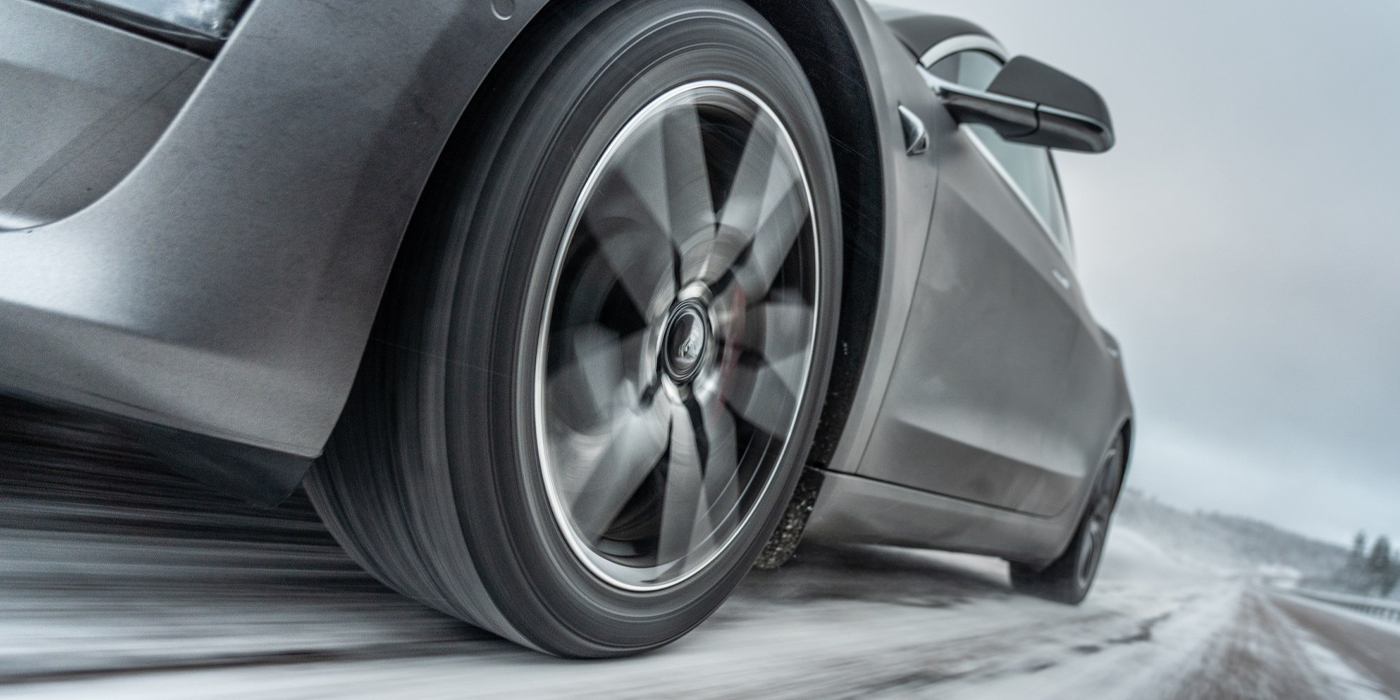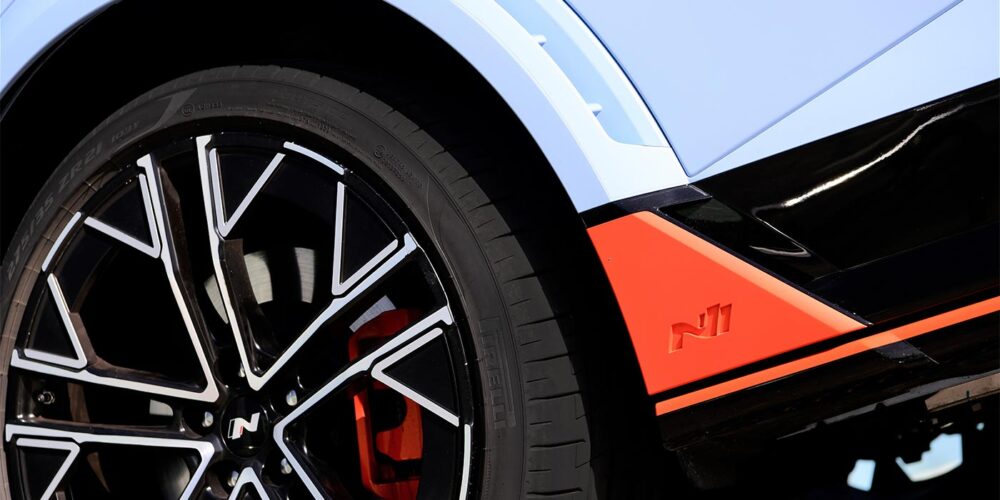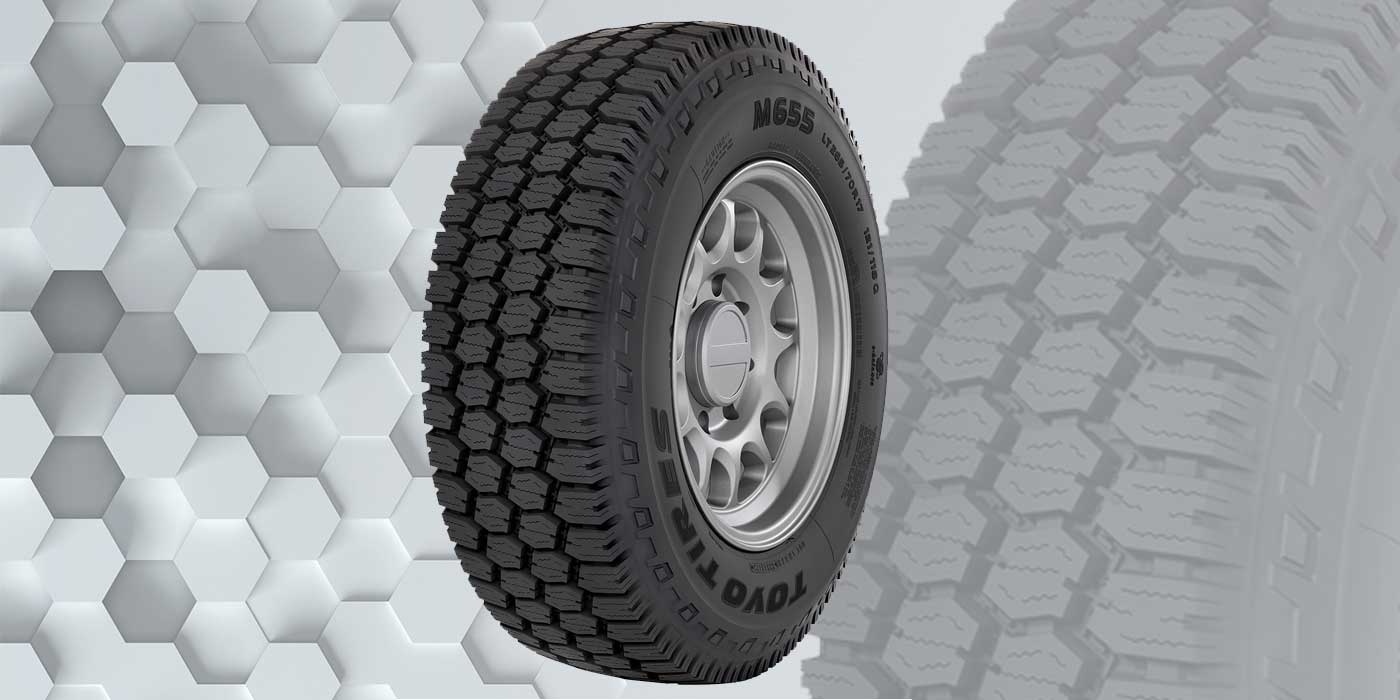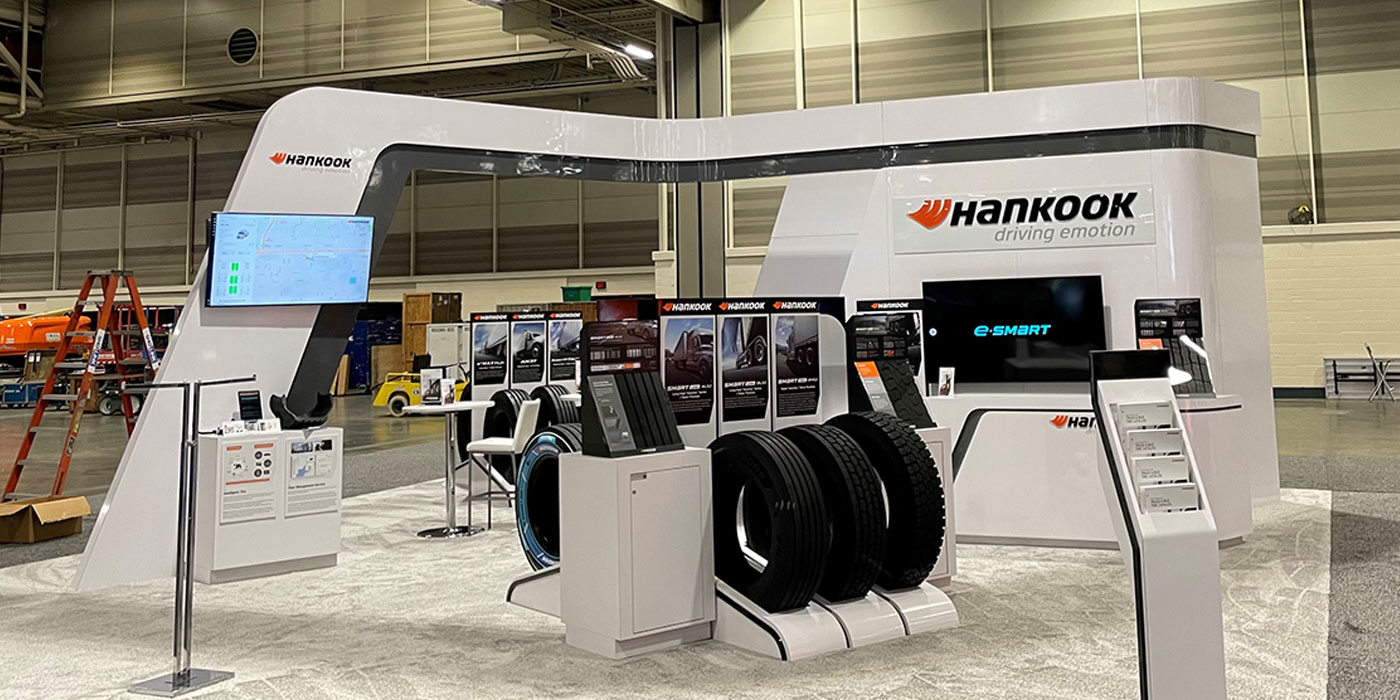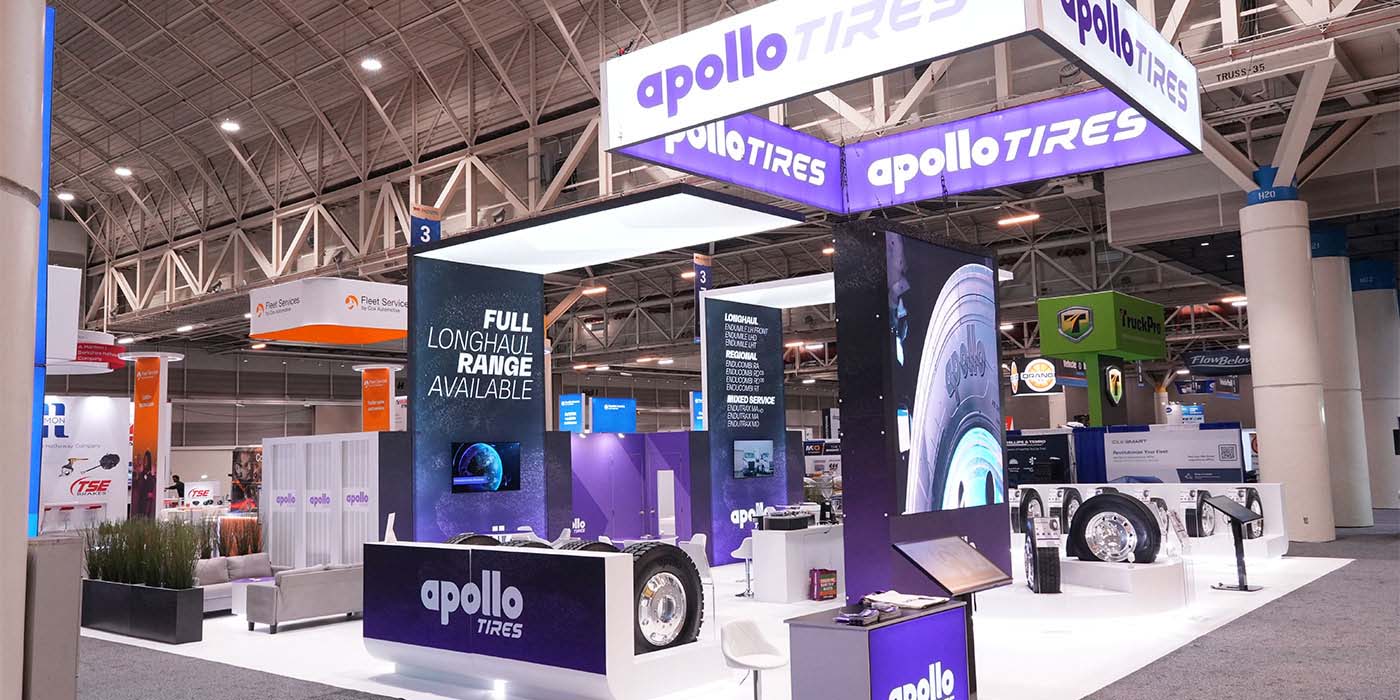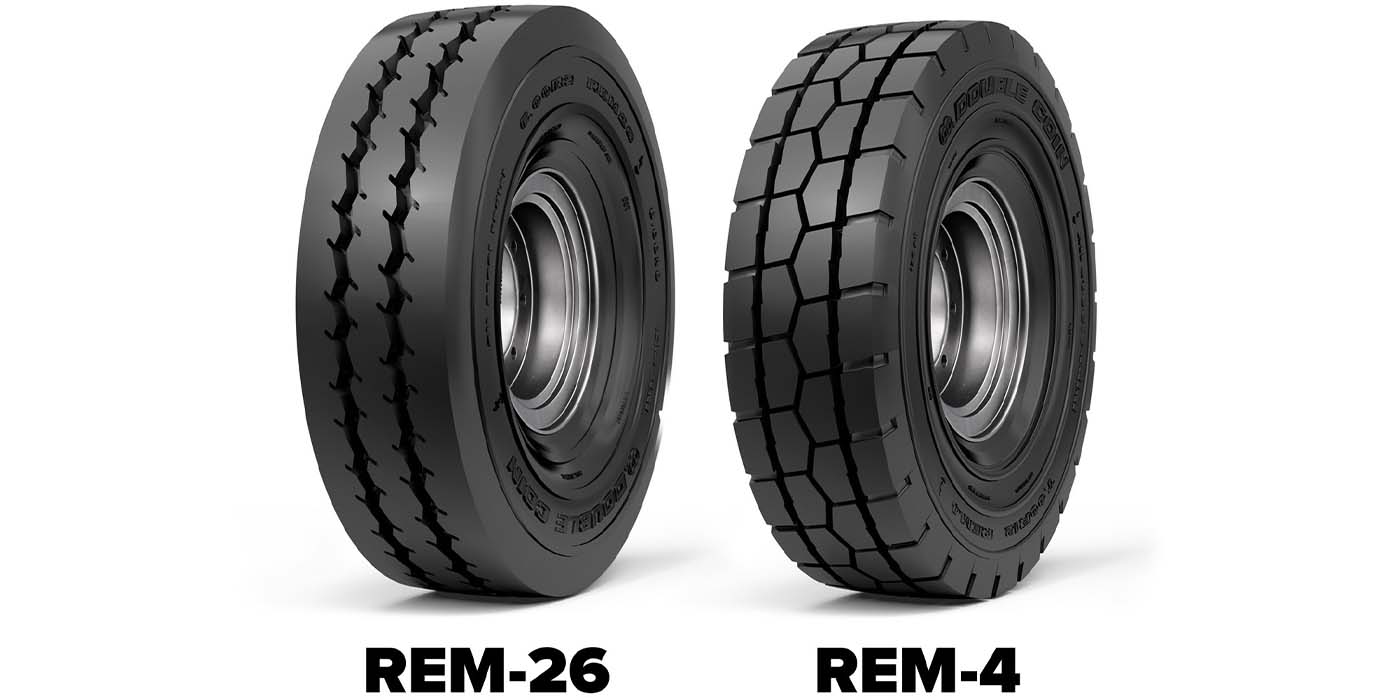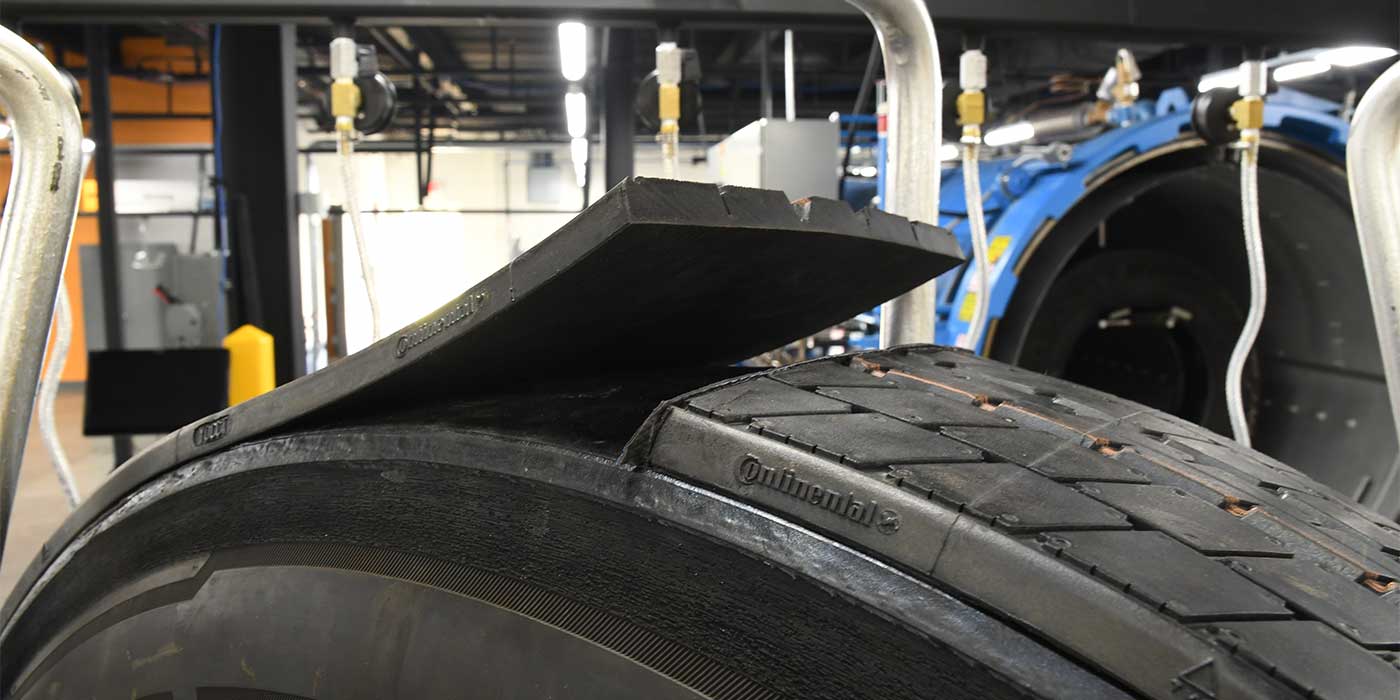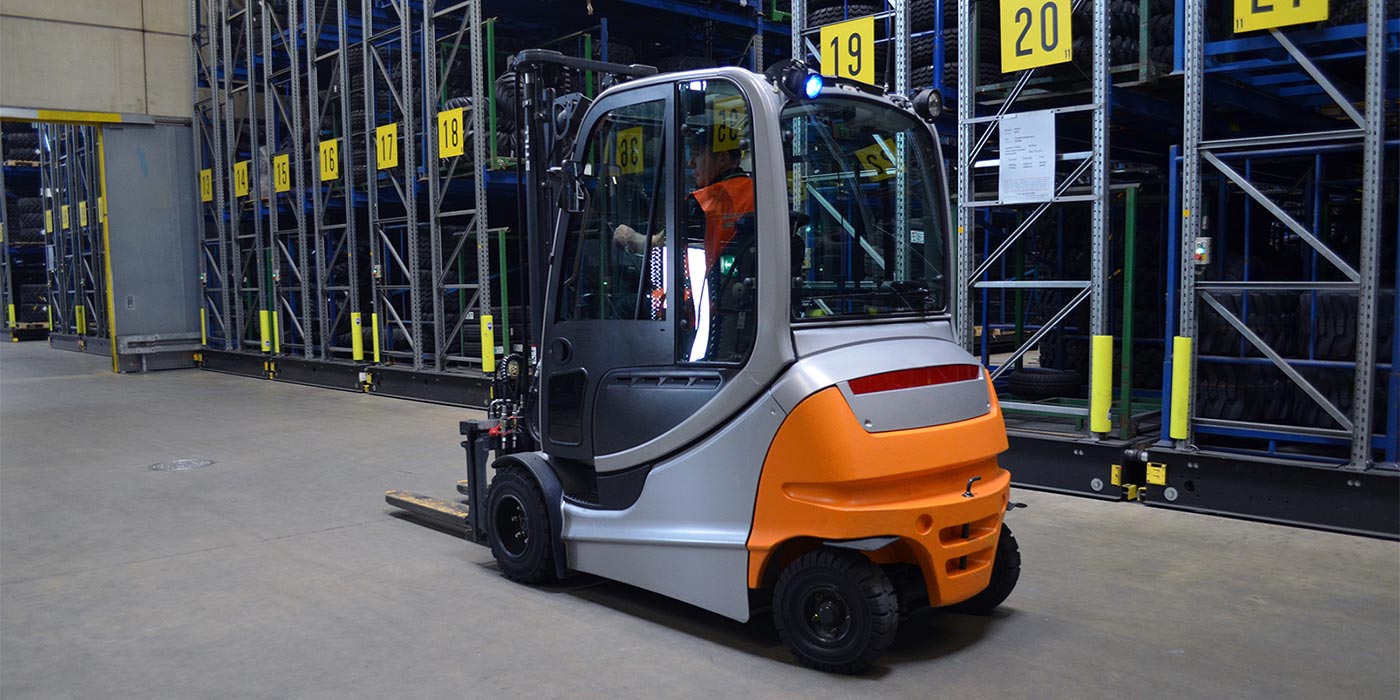Increasing vehicle fuel economy is the key to success in maximizing fleet profits while reducing greenhouse gas emissions. 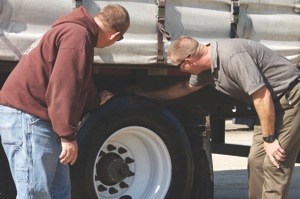
The hot button for just about every fleet is to look at all viable options for both the tractor and trailer when it comes to fuel economy. As a tire dealer, understanding all these factors and how they affect vehicle fuel economy is a wonderful opportunity to work more closely with your current and prospective fleet customers.
So what are these options – and do they offer a short return on investment?
Let’s assume that a typical line-haul fleet has 100 trucks and is averaging 6.0 mpg. If you can help improve fuel economy by just 2%, the new mpg would be 6.12.
Diesel is $4 per gallon and the fleet averages 100,000 miles per year for each truck. At 6.0 mpg, each truck would consume 16,667 gallons of fuel per year. At a 2% improvement (6.12 mpg), the same truck would use 16,339 gallons of fuel per year for a savings of 328 gallons. This equates to $1,312 in savings per truck each year.
The bottom line for this 100-truck fleet is a $131,200 annual fuel savings – a big number!
There are five basic factors that affect fuel economy:
• Driver
• Vehicle
• Road
• Operations
• Tires
A recent industry-sponsored study showed that the driver plays a tremendous role in fuel economy. In line-haul service, a steady driver averaged 11% better fuel economy than an aggressive driver. This is magnified in pickup and delivery service, in which there is much more braking and turning. In P&D, there was an up to 33% advantage for the steady driver in fuel economy.
The lesson learned was that driver education can play a tremendous role in reducing fuel costs. Most fleets do not fully understand the driver impact on fuel economy. It usually overshadows all of the other factors. You can spec the most fuel-efficient equipment, but the driver can completely eliminate all of the improvements through aggressive driving habits.
Other Fleet Fuel Factors
Some passenger cars get only 18 or 19 mpg. Other cars can get 40 mpg or more. The same goes for trucks. Depending on the engine, wheelbase and vehicle configuration, some line-haul tractors can get close to 7 mpg. Other vehicles may only average 6 mpg or even less.
Road conditions also play a major role in vehicle fuel efficiency. If trucks are traveling in the inner-city and are subject to some of those massive potholes and rough roads, fuel economy goes down.
Road surface plays another big role – polished concrete vs. asphalt can exhibit as much as a 30% difference in rolling resistance. 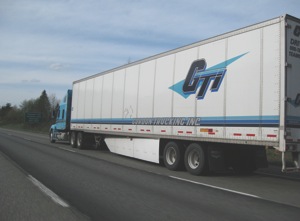
The faster the truck travels, the lower the fuel economy. Many fleets are looking at reducing their top speed from 65 to 62 mph. Depending on their specific engine setup, the rule of thumb is a 0.01 mpg improvement for each drop of 1 mph. Going from 65 to 62 mph should save about .03 mpg.
Reducing idle time is another great way of reducing fuel costs. Some fleets are using financial incentives with their drivers when they keep the idle time to a minimum.
Trailer skirts are becoming more popular as another way of improving fuel economy. Improving trailer aerodynamics by using these skirts has shown an up to a 7.4% reduction in fuel use at 60 mph.
Another aerodynamic improvement comes from adjusting the fifth wheel to keep the trailer as close as possible to the tractor. A few fleets also are using hubcap covers to improve the overall aerodynamics even further. There are even trailer “tails” and “nose cones,” installed on the back and front of the trailer, respectively, that also improve aerodynamics.
Reducing vehicle weight is an obvious way to improve fuel economy, so the use of these add-ons may have hidden trade-offs fleets forget about.
Tire Considerations
Tires also play a large role in fuel economy. The reason the new generation of super wides (445/50R22.5 and 455/55R22.5) have proved so popular – sales of them have doubled every year for the last decade – is the weight savings and fuel economy improvement they provide versus running duals. Running super wide tires on both the drive and trailer wheel positions, along with aluminum wheels in place of steel, can save up to 1,000 pounds.
Maintaining the proper tire pressure is critical for these tires – running even 10% underinflated will lead to irregular wear and removals. Most fleets that run super wides on the trailer position also run an automatic inflation system, which adds air to the tires when the pressure drops below the fleet specification.
Most tire manufacturers also market a special lineup of fuel-efficient tires. The EPA SmartWay program has endorsed fuel-efficient tires that reduce greenhouse gas emissions. Fleets get carbon footprint credit for using these tires. Fuel-efficient tires can save a fleet 2% to 4% on their fuel bill.
However, not all of the tire makes or models on the SmartWay verified list get the same fuel efficiency. SmartWay has a baseline test tire, and if a tire beats the baseline, it makes the EPAcertified list.
Fuel-efficient tires cost more up front, but the payback is very quick. This should be an easy sell for the commercial tire dealer.
Underinflated tires can reduce fuel economy 2% or 3%. Those inside duals that are rarely checked for proper inflation can be as much as 30 or 40 psi lower than the outside duals. When this happens, tire rotations per mile change dramatically and fuel economy drops even more dramatically. If a fleet specs fuel-efficient tires and does not keep their air pressures at the recommended levels, the extra money spent for these tires will be a complete waste.
Commercial tire dealers need to be working with their fleet customers to develop a serious tire program that either checks tire pressure on a regular basis or uses a TPMS on the tractors and an automatic tire inflation system for the trailers.
There are many options for fleets when it comes to reducing fuel economy and saving significant costs. Fleets want to work with those commercial tire dealers who understand the big picture when it comes to fuel economy. If you can lead a fleet in the right direction with ways to improve fuel efficiency, you will be very successful for the long term.

